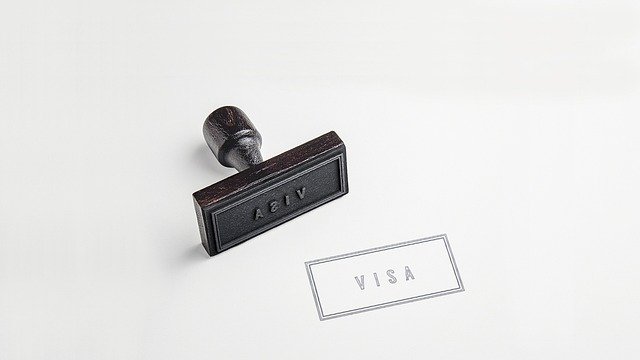Effective Strategies for Tax-Efficient Investing
As an investor, it's not just about how much you earn from your investments, but also how much you get to keep after taxes. That's where the concept of tax-efficient investing comes in. It's a strategy that aims to minimize tax liability and maximize after-tax returns. This approach can significantly impact your long-term financial goals, making it a critical aspect of investment planning.

The History and Evolution of Tax-Efficient Investing
Tax-efficient investing has been around for decades, tracing its roots back to the introduction of tax-advantaged accounts and changes in federal tax laws. Over the years, the strategy has evolved with the shifting tax landscape, adapting to new tax regulations and the advent of diverse investment vehicles.
The Current State of Tax-Efficient Investing
The market today offers a variety of tax-efficient investment options. These range from tax-advantaged retirement accounts, like Roth IRAs and 401(k)s, to tax-managed funds and exchange-traded funds (ETFs). The choice of investment depends on an individual’s income, tax bracket, financial goals, and risk tolerance.
The Impact of Tax-Efficient Investing
Tax-efficient investing can have significant benefits, such as increased net returns and accelerated wealth accumulation. However, it also comes with risks. For instance, focusing solely on tax efficiency may lead to an imbalanced portfolio or missed investment opportunities. It’s crucial to balance tax efficiency with other investment considerations, such as diversification and risk management.
Practical Applications of Tax-Efficient Investing
In real-world scenarios, tax-efficient investing might involve strategies like holding investments long-term to qualify for lower capital gains tax rates, allocating investments strategically across taxable and tax-advantaged accounts, or investing in tax-efficient funds. It’s essential to work with a financial advisor or tax professional to develop a strategy tailored to your specific circumstances.
Practical Tips for Tax-Efficient Investing
- Understand your tax bracket: Your tax rate can significantly impact the effectiveness of various tax-efficient strategies.
- Consider tax-advantaged accounts: Retirement accounts like IRAs and 401(k)s offer significant tax advantages.
- Think long-term: Holding investments for at least one year can qualify you for lower long-term capital gains tax rates.
- Diversify: Don’t sacrifice a balanced portfolio for tax efficiency. Diversification is still key to managing risk.
- Seek professional advice: Tax laws are complex and constantly changing. Work with a professional to ensure your strategy remains optimal.
In Conclusion
Tax-efficient investing is a powerful strategy, offering potential benefits of increased net returns and faster wealth accumulation. However, it’s not a one-size-fits-all approach, and it requires careful planning and consideration. The key is to balance tax efficiency with other investment considerations, ensuring your overall financial strategy aligns with your long-term goals and risk tolerance. Remember, the best investment strategy is one that’s tailored to your individual needs and circumstances.




